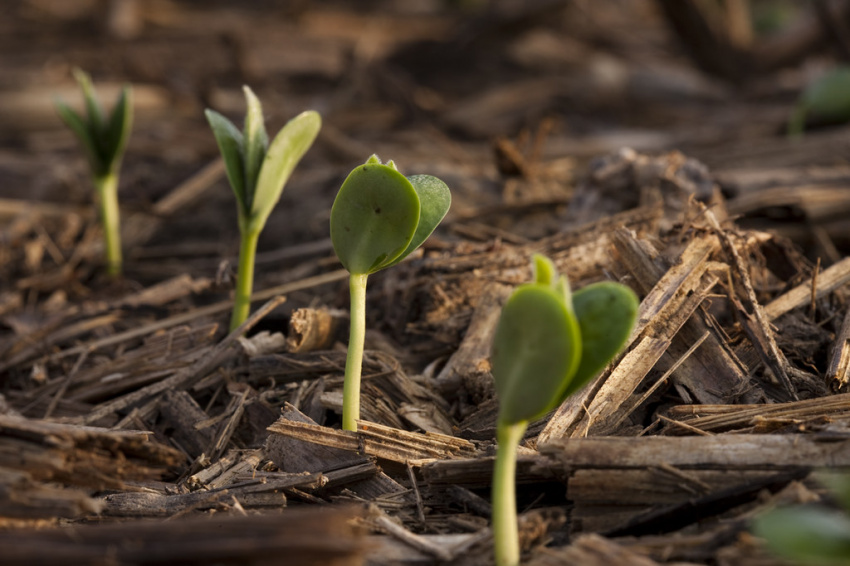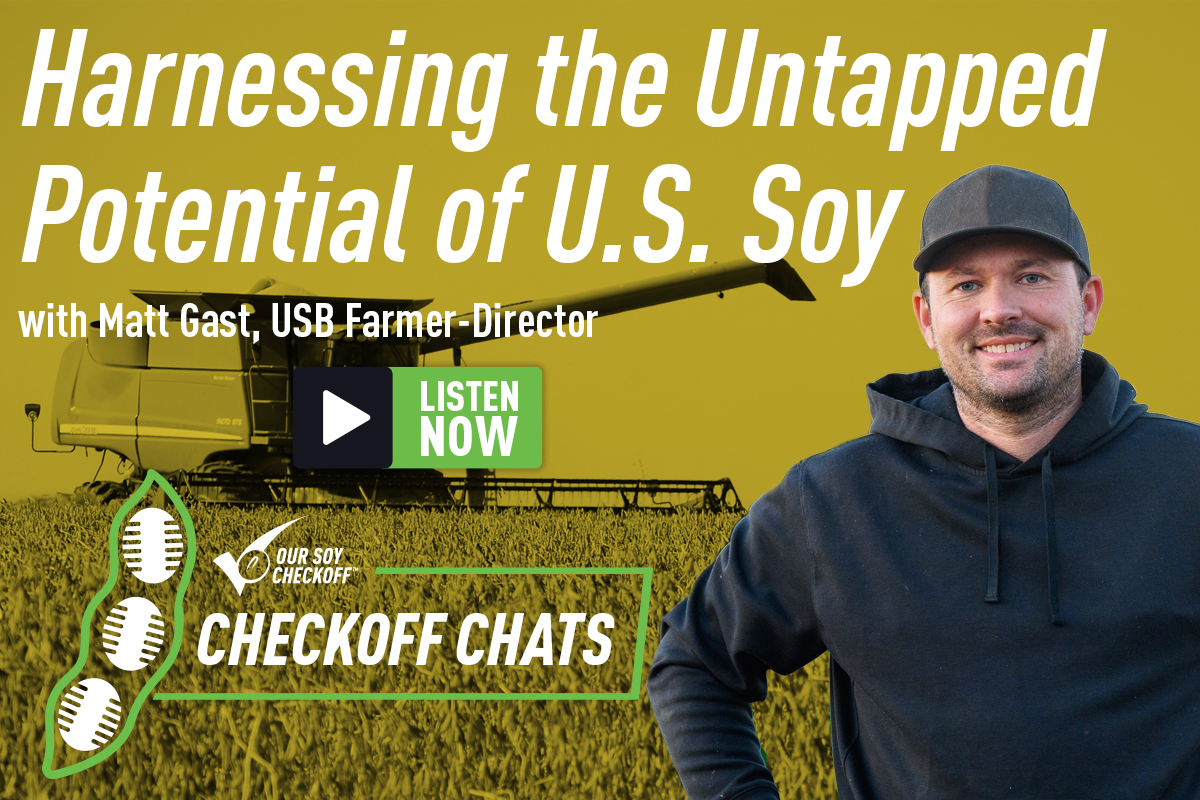Understanding Seedling Diseases: A Field History Lesson

The environmental conditions that affected many soybean-growing regions in 2019 combined with the cool, wet spring so far in 2020 make disease management tactics crucial to giving your soybeans the best chance of survival.
“Missouri, and much of the U.S., had flooding in 2019 that sustained throughout most of the year. And it looks like that may be a problem again in 2020,” says Kaitlyn Bissonnette, assistant extension professor with the University of Missouri. “With that comes two issues: getting seed into the ground and dealing with the dropping temperatures for anything that has already been planted.”
Know What You’re Facing
Early-season diseases that prefer cool, wet soil could become an issue. It’s important to remember seed treatments are available to combat these diseases.
Bissonnette predicts Pythium as a main threat in 2020. If conditions start to warm up and the soil remains wet for an extended period of time, Phytophthora will appear as well. However, it ultimately depends on the environmental conditions in your area. Understanding those conditions can be difficult to predict in advance. You have to be proactive rather than reactive when it comes to seed treatment decisions.
With the cool, wet weather that many are experiencing right now, selecting a seed treatment that is specific to Pythium or those early-season diseases is crucial. Bissonnette encourages farmers to think of metalaxyls — such as Allegiance, Prevail and Trilex 2000 — or mefenoxams — such as Warden, CruiserMaxx Vibrance or Apron — as good options. These treatments can also help to control phytophthora, which tends to prefer warm, wet soils.
Understanding what you’re trying to control is very important, says Bissonnette. Some early diseases are true fungi, such as fusaria and rhizoctonia. Then there are Phytophthora and Pythium, which are water molds or fungal-like organisms. Selecting seed treatments for the organism you are trying to control is critical.
Knowing what conditions you’re looking at is also best practice. Scouting regularly is always beneficial, as it allows you to see what’s going on. And you can record patterns for a more accurate field history, which can help you control pests in the future.
Some common early-season disease symptoms include:
- Damping off.
- Poor or uneven stand counts.
- Pale green or discolored seedlings.
Know Your Field History
Understanding field history is also key. Knowing you have a field with a history of Pythium or Phytophthora can help you select a seed treatment more effectively. You may be unsure what issues are in your field, especially if it has recently flooded or strange issues began last year.
One early season disease you can test for is soybean cyst nematode. Taking a soil test is a good first step. This is particularly important if you didn’t have a history of SCN in your fields, but surrounding fields did. Implementing a management plan would help keep numbers low in the first place. The presence of SCN can increase symptoms of other diseases like sudden death syndrome. So while you’re checking for SCN, note how the environment may be ideal for early season infections.
Many pathogens can live on debris and travel on soil particles into your fields. For example, SCN is a pathogen that can move easily through water and soil. If you’ve had a field that historically didn’t have disease problems, but the flooding of 2019 introduced a pathogen, there is something you can do. The best line of defense is to plant resistant varieties and to keep SCN egg counts low.
Bissonnette recommends taking a look at your field history to determine the risk of disease. One method of evaluating field history is overlaying yield maps and grid soil sampling. Knowing what happened in a field two, three or five years ago can help build the bigger picture. That rich data gives you information for this year so you can maximize field potential.
“Even though you’re not going to save them all, being patient when you lose a few plants here and there is important,” Bissonnette notes. “Soybeans have an uncanny ability to compensate for losses.”
For more information and resources available to help fight soybean diseases, visit www.IWillTakeAction.com or check out the Take Action Fungicide Efficacy fact sheet.



